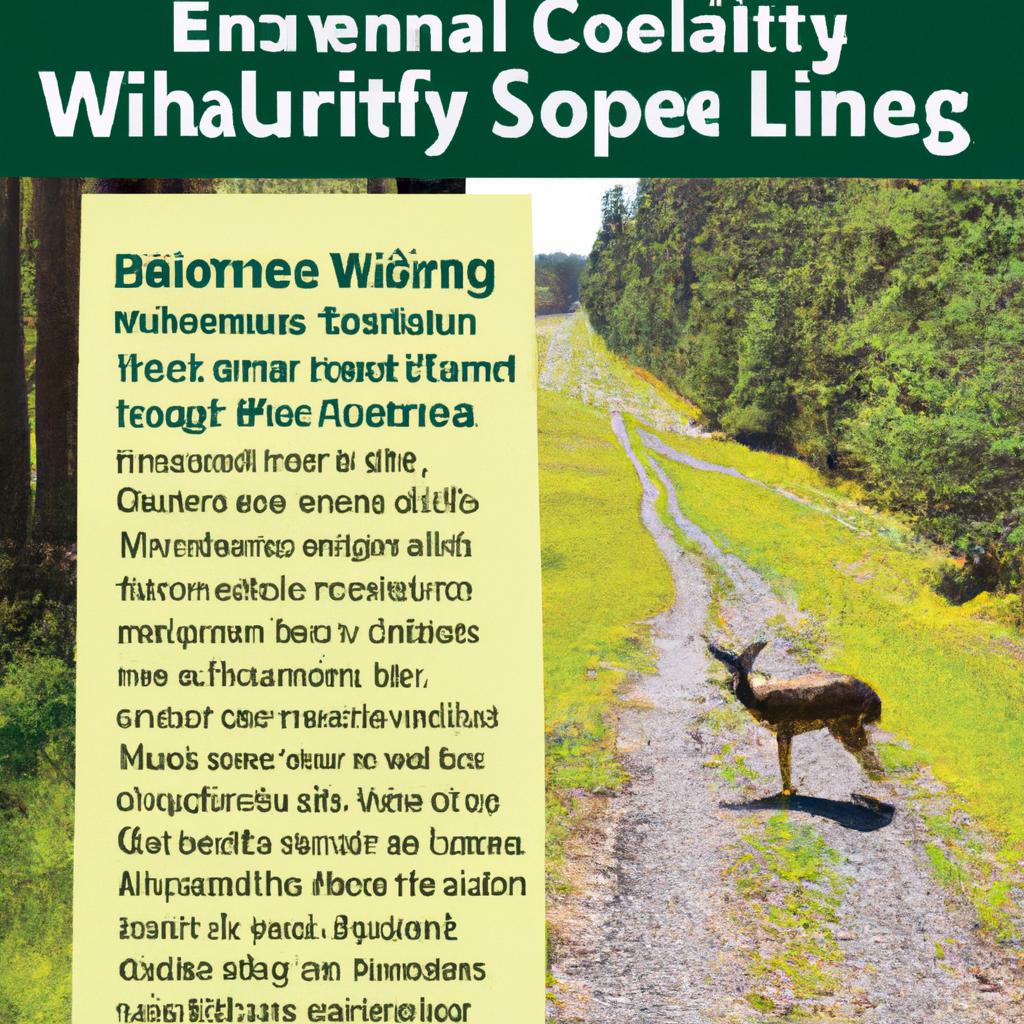**”The Essential Guide to Wildlife Safety: How to Navigate Encounters with Animals While Hiking and Camping”**
# The Essential Guide to Wildlife Safety: How to Navigate Encounters with Animals While Hiking and Camping
Whether you’re an avid hiker or just enjoy weekend camping trips, encountering wildlife is often part of the adventure. While these encounters can be thrilling, they also come with risks. Understanding how to navigate these situations safely is crucial for both your safety and the well-being of the animals. This guide will equip you with essential tips for wildlife safety while hiking and camping, ensuring you can enjoy the great outdoors responsibly.
## Understanding Wildlife Behavior
### Recognizing Animal Habitats
Before setting out on your adventure, familiarize yourself with the types of wildlife that inhabit the area. Different animals have unique habitats and behaviors. For example, bears often roam near food sources in forested areas, while snakes prefer rocky terrains. Researching the wildlife you may encounter can help you anticipate their actions and plan accordingly.
### Learning About Animal Behavior
Each species has distinct behavioral patterns. Understanding these can help you avoid dangerous encounters. For instance, mother bears are particularly protective of their cubs, and approaching them can provoke a defensive response. Moreover, knowing when animals are most active—such as dawn and dusk for many mammals—can also help you navigate your hikes more safely.
## Preparing for Your Adventure
### Essential Gear
Proper gear can significantly reduce the risk of wildlife encounters. Consider carrying bear spray if you’re in bear country and always keep it accessible. A first-aid kit is also crucial, as it can help you respond to any injuries. Additionally, wearing noise-making gear, such as bells or talking with fellow hikers, can alert animals to your presence, allowing them to move away.
### Food Storage Practices
Improper food storage can attract wildlife, leading to dangerous situations. Use bear-proof containers or hang food at least 10 feet off the ground and 4 feet away from tree trunks. Always clean up cooking and eating areas thoroughly and never leave food scraps behind. These practices not only keep you safe but also protect wildlife from becoming habituated to human food.
## Nutrition Tips
### Eating Smart While Hiking and Camping
Proper nutrition is vital for energy during hikes and camping trips. Pack lightweight, nutrient-dense foods such as nuts, dried fruits, energy bars, and jerky. These snacks provide sustained energy without taking up too much space in your backpack. Additionally, always bring plenty of water or a reliable water filtration system to stay hydrated, as dehydration can impair your judgment and physical abilities in the wilderness.
### Meal Planning
Planning meals ahead of time can help you manage food waste and minimize the risk of attracting wildlife. Prepare meals that require minimal preparation and clean-up, such as pre-packaged freeze-dried meals. This approach not only saves time but also reduces the likelihood of food litter that could attract animals.
## Exercise Advice
### Staying Active in Nature
Hiking and camping are excellent opportunities to incorporate physical activity into your routine. Aim to hike regularly to build your endurance and strength, which will enhance your overall experience in the wilderness. Incorporating interval training can also improve your stamina for those challenging uphill climbs.
### Developing Hiking Skills
Practicing good hiking techniques can improve your safety and enjoyment. Focus on maintaining a steady pace, using proper footwear, and staying aware of your surroundings. Consider joining local hiking groups to share experiences and learn from seasoned hikers about wildlife safety.
## Health Benefits
### Physical and Mental Well-being
Engaging with nature through hiking and camping offers numerous health benefits. Physically, it helps improve cardiovascular health, build muscle strength, and enhance flexibility. Mentally, spending time outdoors can reduce stress, anxiety, and depression while boosting mood and creativity. The combination of physical activity and nature immersion promotes a holistic sense of well-being.
### Building Connections with Nature
Connecting with the natural world fosters a deeper appreciation for wildlife and ecosystems. This understanding encourages responsible behavior while hiking or camping, leading to safer encounters with animals and a greater commitment to conservation efforts.
## Conclusion
Navigating encounters with wildlife while hiking and camping is crucial for both your safety and the protection of animals. By understanding wildlife behavior, preparing adequately, maintaining good nutrition, and staying active, you can enhance your outdoor experience. The key takeaways are to educate yourself about the wildlife in your area, practice safe food storage, and prioritize your health and fitness. With these strategies, you can enjoy the thrill of the wild while minimizing risks and respecting nature.















Post Comment